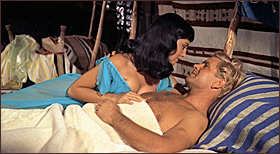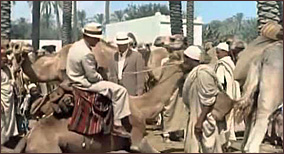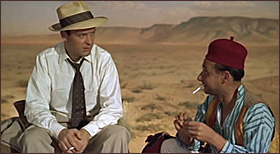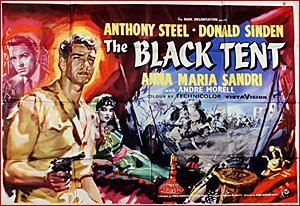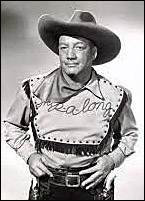A 1001 MIDNIGHTS Review
by Francis M. Nevins, Jr. & Marvin Lachman

EDGAR BOX –
Death in the Fifth Position, E. P. Dutton, hardcover, 1952. Signet #1036, paperback, 1953.
Death Before Bedtime. E. P. Dutton, hardcover, 1953. Signet #1093, paperback, 1954.
Death Likes it Hot. E. P. Dutton, hardcover, 1954. Signet #1217, paperback, 1955.
– All three books have been reprinted several times, including one hardcover omnibus edition: Boxed In (Mystery Guild, 2011).
Gore Vidal a mystery writer? Yes indeed, although the mystery in his three detective novels is much inferior to the writing. In the early 1950s, at the end of his first period as a mainstream novelist and the beginning of his career as a writer of live TV drama, Vidal took up the pseudonym of Edgar Box and spent about three weeks turning out a whodunit trilogy whose amateur sleuth is Peter Cutler Sargeant II, a thirtyish, pleasantly pig-faced public-relations consultant and (exclusively hetero) sexual gymnast. Although they’re not noteworthy as detective novels. Vidal’s guided tours through the worlds of art, politics, and high society entertain royally with countless gleefully sardonic jabs at every target in sight.

The series opens with Death in the Fifth Position, in which Peter is retained to provide good PR for the Grand St. Petersburg Ballet. The dance group is feeling the pinch of McCarthyism, courtesy of a right-wing veterans’ organization (Motto: “In a true democracy there is no place for a difference of opinion on great issues”) incensed at the group’s having hired a “Communist” choreographer, Jed Wilbur.
At the climax of Wilbur’s new ballet, its star is supposed to ascend into the wings in triumph. But on opening night, the wire cable snaps and the prima ballerina falls to her death before the eyes of thousands. Vidal then treats us to many pages of satire about professional dancers and their hangers-on and tedious speculation about homicidal motives, interspersed with two more gruesome deaths, before Peter unveils his surprising but unfair solution.
Death Before Bedtime finds Peter in Washington as advisor to ultraconservative Senator Leander Rhodes and bedmate to Rhodes’s nymphomaniac daughter. Rhodes’ ambitions to be his party’s next presidential candidate come to an abrupt end when he’s blown to bits by a gunpowder charge in his fireplace. The investigation, long on speculation and short on substance, is interrupted in its stately progress toward nowhere by (surprise!) another murder, after which Peter uses a mix of guesswork and bluff to expose the guilty party.Once again a lackluster plot is saved by Vidal’s mocking gibes at politics, journalism sex, and society.

In his third and last case, Death Likes It Hot, Peter is invited to a weekend house party at a Long Island – beachfront mansion and encounters tangled emotions and murder among a cast of ludicrous plutocrats and talentless pseudoartists. Its fairly complex plot, a few deft clues, and a dramatic climax make this the best mystery of the trio, but again it’s the pungent satire that brings the book to life.
Clever deductions, fair play with the reader, and the Christie-Queen bag of tricks are not Vidal’s strong points. But his mastery of the language permeates even these mysteries that he himself shrugs off as potboilers cranked out for money, and his tone of cynical, good-humored tolerance toward an America populated exclusively by crooks, opportunists, and buffoons is as close to the true spirit of H. L. Mencken as mystery fiction is ever likely to see.
It appears that Vidal had a good time with mysteries, and his pleasure is conveyed to the reader. He must have especially enjoyed himself when he got to write the following, surprisingly accurate, blurb which appeared on the covers of the paperback editions of his three mysteries. “The work that Dr. Kinsey began with statistics, Edgar Box has completed with wit in the mystery novel.”
Though Spillane and others had already broken down the barriers against writing about sex in the detective story, Vidal went further than anyone else, but he also did it with more humor.
———
Reprinted with permission from 1001 Midnights, edited by Bill Pronzini & Marcia Muller and published by The Battered Silicon Dispatch Box, 2007. Copyright © 1986, 2007 by the Pronzini-Muller Family Trust.
